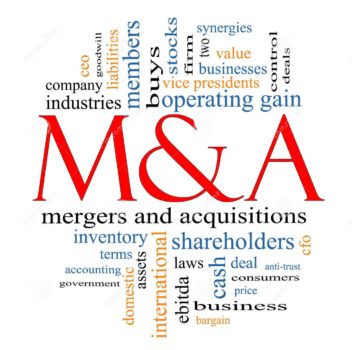Alteris LLC tracks Mergers & Acquisitions (M&A) valuation and other trends/metrics from its various partners and research sources. We will periodically report on what we find here. For more detailed information on valuations and M&A trends contact us directly.
Please note that this information is a summary, generalized for many different types of companies of various sizes.
This data is collected from various sources and includes proprietary deal information from over 200 PEGs (Private Equity Groups) on $10-250mm sponsored transactions, with an average TEV near $50mm.
The information available as of May 2018 show that valuations on private middle-market transactions in the USA continued at a high level of 7.4x EBITDA in Q1 2018. The expansion in debt utilization we reported on previously is continuing.
Transactions over $50 million had significantly higher multiples than on smaller deals.
The equity portion on buyouts/acquisitions in the first part of 2018 was around 42%.
Manufacturing acquisitions were popular in the first quarter of 2018, and EBITDA averaged 22% of sales for these transactions. These were generally good quality, profitable companies.
The cost of debt declined somewhat. Pricing spreads v. LIBOR was at a low. Transactions of $25-50 million were about at LIBOR plus 2.6% for senior debt. Pricing spreads on subordinated debt were also down. The competition among lenders to participate in transactions continues to put downward pressure on rates, which is good for acquirers.
Some definitions:
LIBOR refers to the London interbank offered rate. It is a interest rate that some large international banks charge to each other for short-term loans. It is often used as a benchmark in setting interest rates for different financial products and loans.
EBITDA refers to Earnings Before Interest, Taxes, Depreciation and Amortization EBITDA is a surrogate for cash flow.



